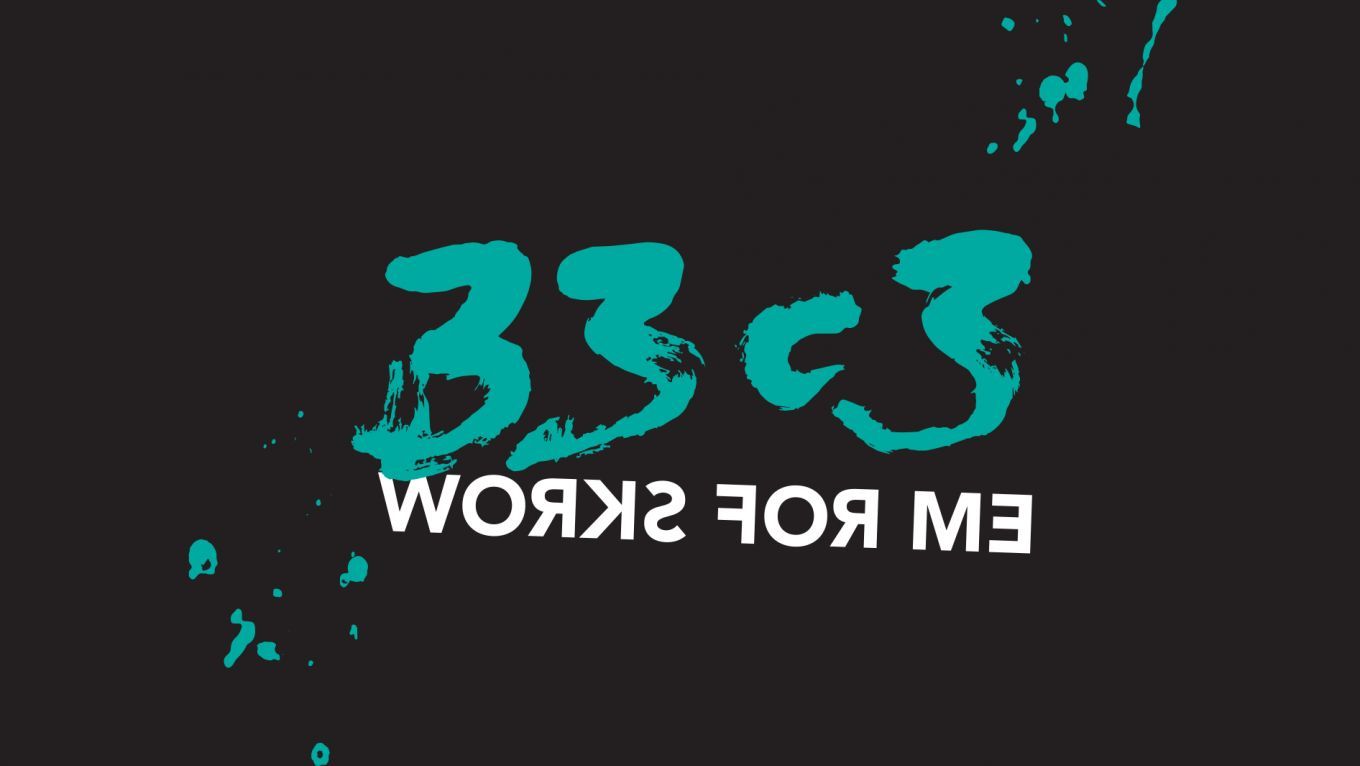Security
What could possibly go wrong with <insert x86 instruction here>?
Side effects include side-channel attacks and bypassing kernel ASLR
December 27, 2016
11:30 AM – 12:30 PM Add to calendar
11:30 AM – 12:30 PM Add to calendar
Saal G
Hardware is often considered as an abstract layer that behaves correctly, just executing instructions and outputting a result. However, the internal state of the hardware leaks information about the programs that are executing. In this talk, we focus on how to extract information from the execution of simple x86 instructions that do not require any privileges. Beyond classical cache-based side-channel attacks, we demonstrate how to perform cache attacks without a single memory access, as well as how to bypass kernel ASLR. This talk does not require any knowledge about assembly. We promise.
When hunting for bugs, the focus is mostly on the software layer. On the other hand, hardware is often considered as an abstract layer that behaves correctly, just executing instructions and outputing a result. However, the internal state of the hardware leaks information about the programs that are running. Unlike software bugs, these bugs are not easy to patch on current hardware, and manufacturers are also reluctant to fix them in future generations, as they are tightly tied with performance optimizations.
In this talk, we focus on how to extract information from the execution of simple x86 instructions that do not require any privileges. The most studied microarchitectural attacks are beyond doubt cache attacks. Indeed, the timing of a memory access depends heavily on the state of the CPU cache. But beyond memory accesses that are the base of classical cache-based side-channel attacks, other x86 instructions leak information about the internal state of the hardware, and thus about running programs. First, we present side channels caused by the "clflush" instruction, that flushes all content of the cache. We will explain how it can be used to perform side-channel attacks that are faster and stealthier than their classical counterpart, without performing so much as a single memory access [1]. Second, we present side channels caused by the prefetch instructions. We will explain how these instructions can be used to translate virtual addresses to physical addresses - without the use of the proc interface that is restricted today -, and to bypass kernel ASLR [2].
This talk does not require any knowledge about assembly. We promise.
The talk will be given as a joint presentation by Clémentine Maurice and Moritz Lipp.
[1] Daniel Gruss, Clémentine Maurice, Klaus Wagner and Stefan Mangard, "Flush+Flush: A Fast and Stealthy Cache Attack", DIMVA 2016
[2] Daniel Gruss, Clémentine Maurice, Anders Fogh, Moritz Lipp, Stefan Mangard, "Prefetch Side-Channel Attacks: Bypassing SMAP and Kernel ASLR", CCS 2016
Additional information
| Type | lecture |
|---|---|
| Language | English |
More sessions
| 12/27/16 |
Certificate transparency - what is it, and what can be done with it?
|
| 12/27/16 |
PHP-7 is a new version of the most prevalent server-side language in use today. Like previous version, this version is also vulnerable to memory corruptions. However, the language has gone through extensive changes and none of previous exploitation techniques are relevant. In this talk, we explore the new memory internals of the language from exploiters and vulnerability researchers point of view. We will explain newly found vulnerabilities in the 'unserialize' mechanism of the language and ...
|
| 12/27/16 |
Follow the steps taken to crack a conditional access and scrambling system used in millions of TV set-top-boxes across North America. From circuit board to chemical decapsulation, optical ROM extraction, glitching, and reverse engineering custom hardware cryptographic features. This talk describes the techniques used to breach the security of satellite and cable TV systems that have remained secure after 15+ years in use.
|
| 12/27/16 |
Heads is an open source custom firmware and OS configuration for laptops and servers that aims to provide slightly better physical security and protection for data on the system. Unlike Tails, which aims to be a stateless OS that leaves no trace on the computer of its presence, Heads is intended for the case where you need to store data and state on the computer. It targets specific models of commodity hardware and takes advantage of lessons learned from several years of vulnerability research. ...
|
| 12/27/16 |
We analyze the generation and management of WPA2 group keys. These keys protect broadcast and multicast Wi-Fi traffic. We discovered several issues and illustrate their importance by decrypting all group (and unicast) traffic of a typical Wi-Fi network.
|
| 12/27/16 |
We present DROWN, a novel cross-protocol attack on TLS that uses a server supporting SSLv2 as an oracle to decrypt modern TLS connections. Using Internet-wide scans, we find that 33% of all HTTPS servers are vulnerable to this protocol-level attack.
|
| 12/27/16 |
FinTechs increasingly cut the ground from under long-established banks’ feet. With a "Mobile First" strategy, many set their sights on bringing all financial tasks—checking the account balance, making transactions, arranging investments, and ordering an overdraft—on your smartphone. In a business area that was once entirely committed to security, Fintechs make a hip design and outstanding user experience their one and only priority. Even though this strategy is rewarded by rapidly ...
|

